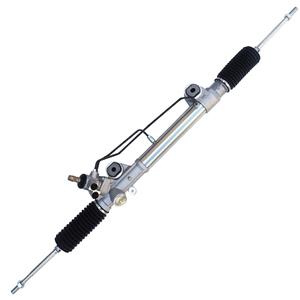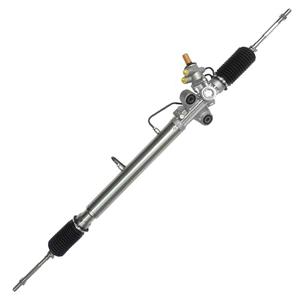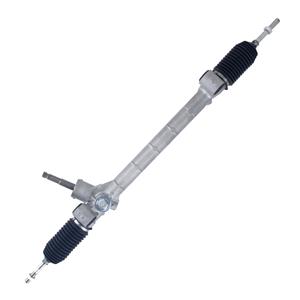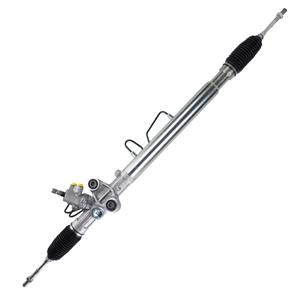What powers hydraulic power steering?
Hydraulic Power Steering (HPS) is a steering assist system widely used in modern vehicles. Its main purpose is to reduce the force required by the driver when steering through hydraulic assistance, thereby improving driving comfort and safety. The core working principle of the hydraulic power steering system relies on hydraulic pumps, hydraulic oil, control valves and a series of pipelines.
So, how does this system get its power? This article will explore the working principle of the hydraulic power steering system in detail and analyze its power source in depth.
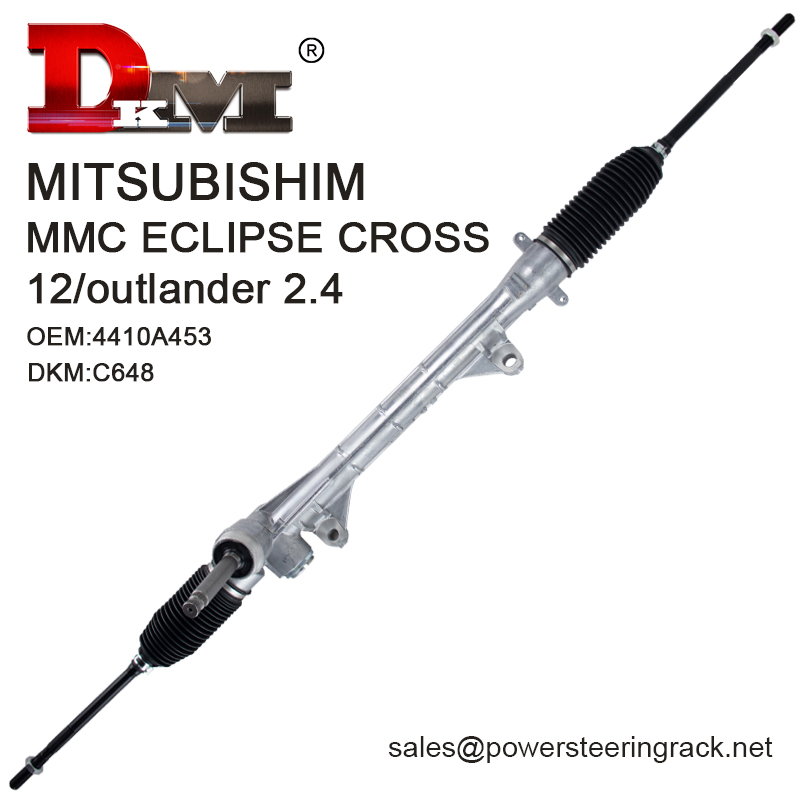
What is the basic structure of the hydraulic power steering system?
Before understanding the power source of hydraulic power steering, it is necessary to first understand its basic components. The hydraulic power steering system is mainly composed of the following key components:
Hydraulic Pump:
The hydraulic pump is the core component of the hydraulic power steering system. It is responsible for pumping and pressurizing the hydraulic oil from the tank and delivering it to other parts of the steering system. The hydraulic pump is usually installed near the engine and driven by the engine.
Hydraulic Fluid:
Hydraulic fluid acts as a medium for transmitting pressure in the system. It transmits pressure along the pipeline through the pressurization of the hydraulic pump, and finally acts on the steering gear to help the driver turn the steering wheel.
Steering gear:
The steering gear is a key component connecting the steering wheel and the wheel. It transmits the driver's steering action to the wheel through mechanical structures such as gears and racks. The pressure of the hydraulic system helps to reduce the force required for steering gear operation.
Control valve:
The control valve is used to adjust the flow and direction of hydraulic oil to ensure that when the driver turns the steering wheel, the hydraulic pressure can act on the steering gear quickly and accurately, thereby achieving smooth steering operation.
Reservoir:
The reservoir is used to store hydraulic oil and is connected to the hydraulic pump through a pipeline. In the system, the reservoir ensures the supply of hydraulic oil and can also cool the hydraulic oil to maintain the normal operation of the system.
Hoses and Lines:
Hydraulic pipelines are used to transfer hydraulic oil between hydraulic pumps, steering gears, control valves and reservoirs. These pipelines are usually made of high-strength materials to withstand the high pressure in the hydraulic system.
What powers hydraulic power steering?
Now that we know the components of a hydraulic power steering system, let's explore its power source. The power of a hydraulic power steering system mainly comes from the engine. Here is a detailed power transmission process:
Engine drives hydraulic pump
The most direct power source for a hydraulic power steering system is the vehicle's engine. When the engine is started and running, the engine drives the hydraulic pump through a belt. Typically, the hydraulic pump is connected to the engine's belt drive system, which may also drive other components, such as a generator, air conditioning compressor, etc.
The operation of the hydraulic pump depends on the engine speed, which means that the efficiency of the hydraulic pump is closely related to the engine speed. At idle speed, the output of the hydraulic pump is low, but it is still enough to provide basic steering assistance. At high speeds, the output of the hydraulic pump increases, which can provide stronger steering assistance.

How does a hydraulic pump work?
The hydraulic pump is one of the most important components in a hydraulic power steering system. Its main function is to pressurize and deliver hydraulic oil to other parts of the steering system. Hydraulic pumps are usually in the form of gear pumps, vane pumps, or plunger pumps, and each type of pump has its own unique working principle and application scenarios.
Gear Pump:
Gear pumps use the rotation of two meshing gears to generate pressure. This pump has a simple structure and low cost, and is widely used in various vehicles. The advantage of gear pumps is that they are durable, but they are less efficient at high pressures.
Vane Pump:
The vane pump generates pressure through rotating vanes, and its working efficiency is high, and it can maintain a stable output over a wide range of speeds. Vane pumps are widely used in modern vehicles because they can provide sufficient steering assistance at both low and high speeds.
Piston Pump:
The piston pump uses a reciprocating piston to generate high-pressure hydraulic oil, and is usually used in situations where high precision and high-pressure output are required. The piston pump is efficient, but the structure is complex and the cost is high, so it is rarely used in ordinary passenger cars.
After the hydraulic pump pressurizes the hydraulic oil, it transports the pressurized hydraulic oil to the control valve and steering gear through the pipeline.
What is the role of hydraulic oil?
Hydraulic oil is the key medium for transmitting power in the hydraulic power steering system. When the hydraulic pump pressurizes the hydraulic oil, the hydraulic oil enters the control valve and steering gear through the pipeline. The pressure of the hydraulic oil helps reduce the force required by the driver to turn the steering wheel, making the steering operation easier and smoother.
In addition, hydraulic oil also plays a role in lubrication and cooling. The hydraulic oil that continuously flows in the hydraulic power steering system can lubricate various mechanical parts, reduce wear and friction, and the hydraulic oil is also cooled through the radiator to maintain the normal operating temperature of the system.
What is the role of the control valve?
The control valve is an important component of the hydraulic power steering system. Its main function is to adjust the flow and direction of the hydraulic oil to ensure that the hydraulic pressure can act on the steering gear quickly and accurately. When the driver turns the steering wheel, the control valve will adjust the flow direction of the hydraulic oil according to the direction and angle of the steering wheel, so that the hydraulic pressure can act on the corresponding part of the steering gear, thereby assisting the driver in steering operations.
The design of the control valve is very precise, and it can immediately respond and adjust the flow of hydraulic oil when the driver performs slight steering wheel operations, ensuring smooth and precise steering operations of the vehicle.
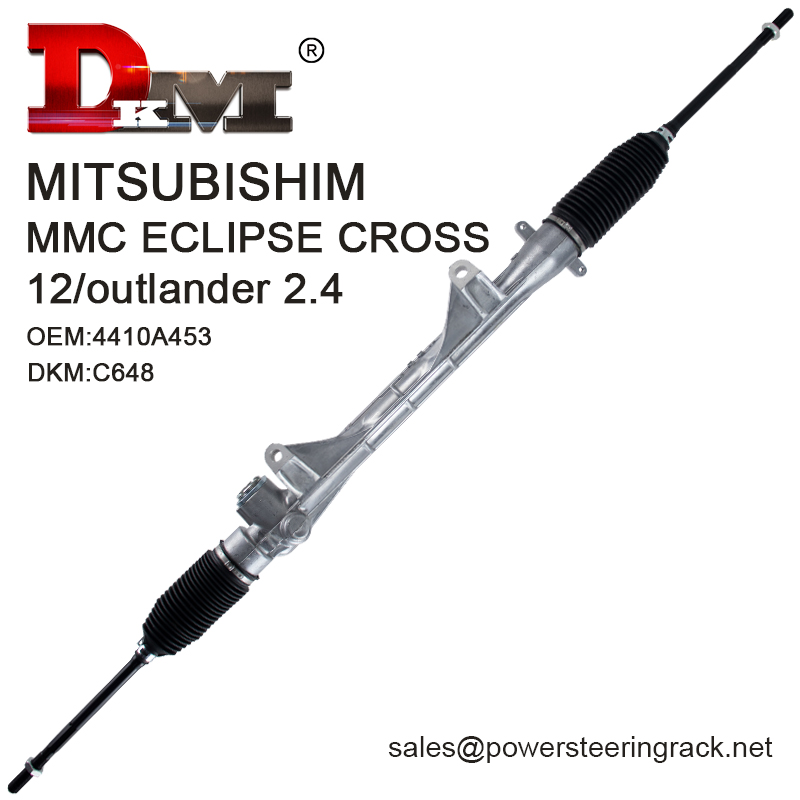
What are the advantages and disadvantages of the hydraulic power steering system?
As a mature steering assistance technology, the hydraulic power steering system has obvious advantages, but also some disadvantages.
Advantages of Hydraulic Power Steering System
● Improve driving comfort: The hydraulic power steering system can significantly reduce the force required by the driver to turn the steering wheel, especially when driving at low speed or parking, making driving easier and more comfortable.
● Quick response: The hydraulic power steering system can quickly provide steering assistance according to the driver's steering operation, ensuring that the vehicle can respond quickly to the driver's instructions.
● Good stability: The hydraulic system has stable pressure and can provide consistent steering assistance under different driving conditions, so that the vehicle maintains stable handling performance when driving at high speed.
Disadvantages of Hydraulic Power Steering System
● Dependence on engine speed: The performance of the hydraulic power steering system is closely related to the engine speed. At low speed or idle, the output of the hydraulic pump is low, which may lead to insufficient steering assistance.
● High energy consumption: The hydraulic power steering system relies on the power of the engine to drive the hydraulic pump, which increases the burden on the engine and leads to a certain amount of fuel consumption.
● Complex maintenance: The hydraulic power steering system needs to regularly check and replace the hydraulic oil, and the pipes and joints also need to be regularly checked and maintained to prevent leakage and failure.
Future development of hydraulic power steering
Although hydraulic power steering systems have been widely used in traditional vehicles, with the continuous advancement of automotive technology, electric power steering systems (EPS) have gradually become mainstream. Compared with hydraulic systems, electric power steering systems have higher efficiency and adjustability, and can also reduce dependence on the engine, thereby improving fuel economy.
However, hydraulic power steering systems still play an important role in many heavy-duty vehicles and commercial vehicles because they can provide stable steering assistance in harsh working environments and perform well under extreme conditions.

